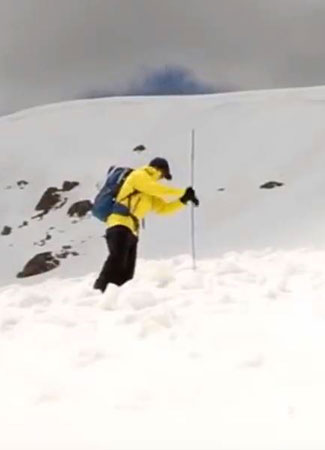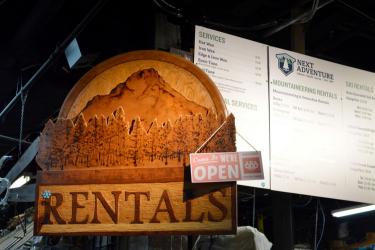
Talkin' Avalanche Probes
Reuben from Next Adventure wants to talk to you about avalanche probes. Why you should carry one in the backcountry, probe lengths, materials, and usage are all covered.
Check out the full selection of probes at Next Adventure!

